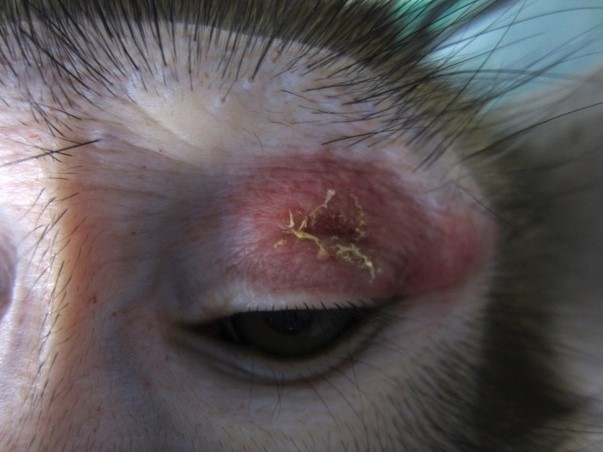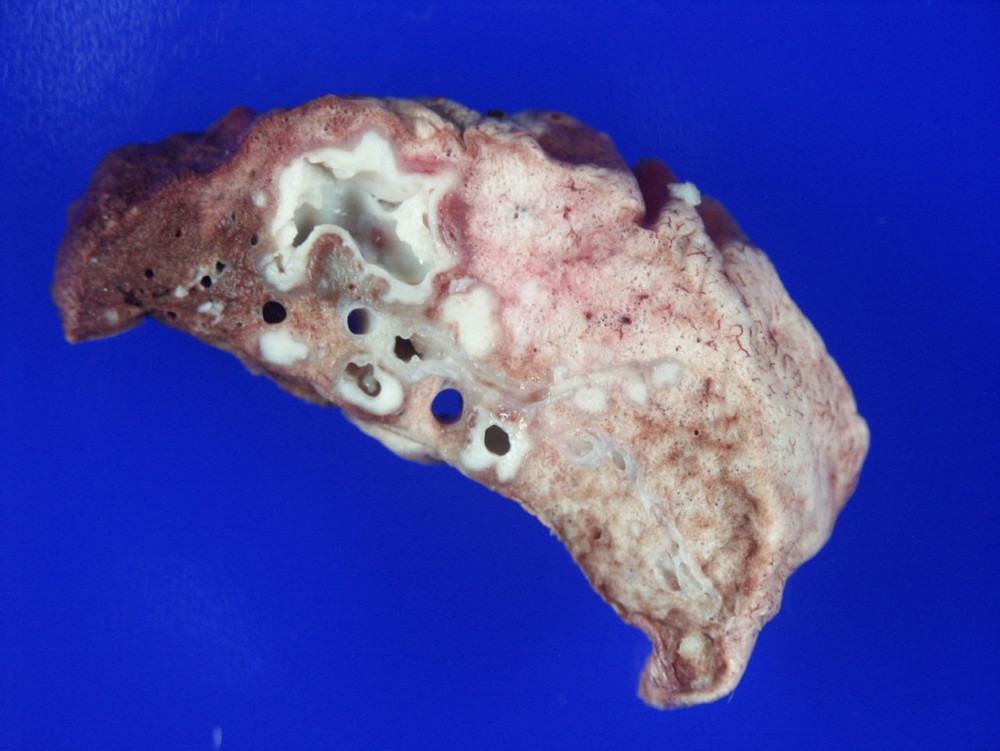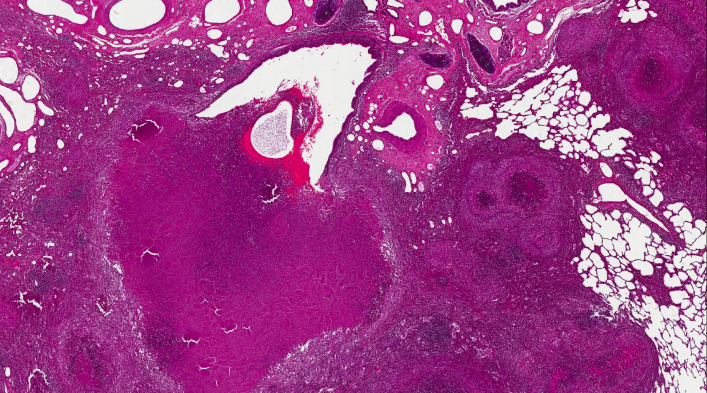Simian tuberculosis caused by Mycobacterium (M.) tuberculosis or M. bovis is one of the most important bacterial diseases of non-human primates because it is widespread, highly contagious and can present extreme challenges in terms of diagnostics and management. In addition, the rising incidence of tuberculosis within the population and wildlife increases the risk of entry into primate-keeping facilities.
By popular request, a symposium on the issues of tuberculosis for primate husbandries was organized at the German Primate Center to inform about the current state of knowledge. The efficiency and interpretation of different test systems was emphasized and proceedings in case of positive reagents were discussed. A special focus was set on prophylactic measures. Summaries of the different topics were compiled in an abstract brochure. Currently, a new edition of this event is being planned.
Extended abstract volume:
Tuberculosis - return of a forgotten disease
Tuberculosis in nonhuman primates - the disease
Clinical aspects of tuberculosis in nonhuman primates
Diagnostic TB screening of great apes in Basel Zoo
Tuberculosis in nonhuman primates - an overview of diagnostic tools
PRIMAGAM®The primate interferon-ү test
How to act in positive cases - a practical guide
Tuberculosis - Flowchart how to act
Tuberculosis - Flowchart quarantine
Relevant literature:
Outbreak of tuberculosis in a colony of Rhesus monkeys (Macaca mulatta) after possible indirect contact with a human TB patient
Guidelines for the prevention and control of tuberculosis in non-human primates



